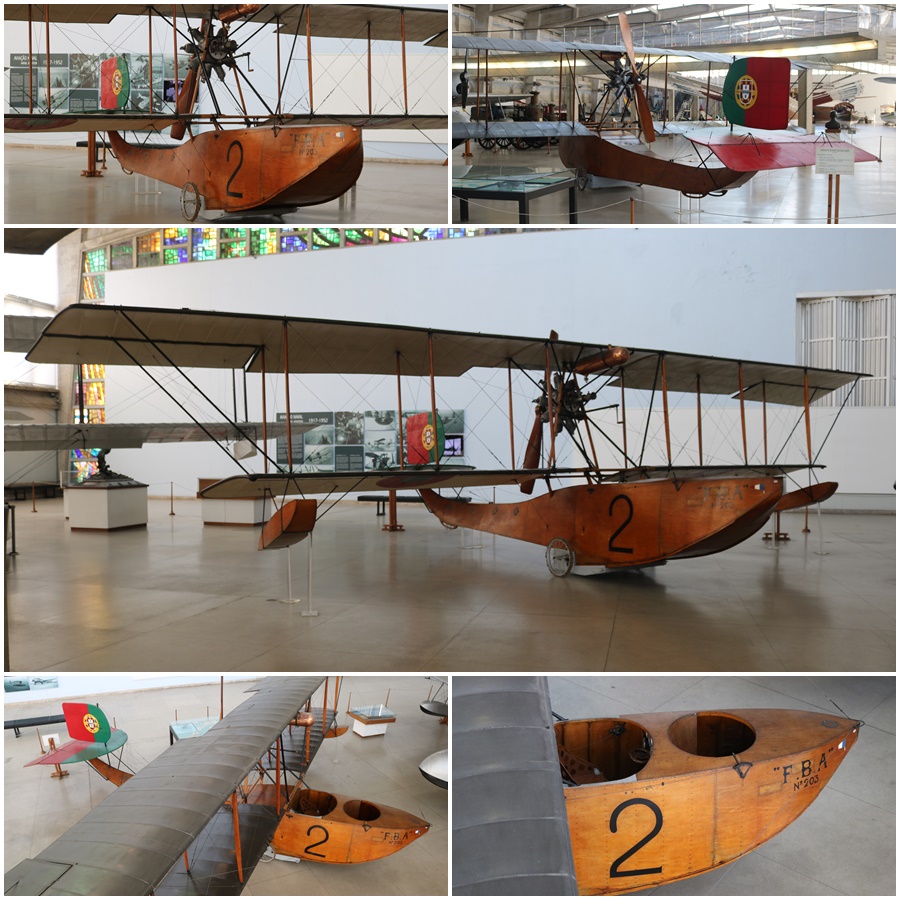The Fairey III seaplane was first flown in Great Britain in 1917 and was in use by various air arms until 1941 as a reconnaissance and general purpose naval aircraft. Despite more than 960 Fairey III variants being produced the only complete surviving (and immaculate!) example is Fairey IIID “Santa Cruz“ at the Museu de Marinha (Naval Museum) in Lisbon, Portugal. Portuguese naval aviators Gago Coutinho and Sacadura Cabral flew “Santa Cruz“ in the completion of the first air crossing of the South Atlantic from Lisbon, Portugal to Rio de Janeiro, Brazil in June 1922 to mark the centennial of Brazil’s independence.






They took off from the waters near the famous Torre de Belém in Lisbon on March 30th, 1922 and headed for Brazil. Due to some incidents on the way, they actually used three Fairey IIID aircraft to cover the distance of 8,383 kilometres between March 30th and June 17th, 1922. The first aircraft “Lusitânia“ was lost upon landing on heavy seas near Saint Peter and Saint Paul Archipelago in Brazilian waters on April 17th, 1922. The second aircraft “Pátria“ was taken by sea to the same area to recommence the journey but was lost on May 11th during an emergency ditching in the ocean!

“Santa Cruz“ was shipped out to the same area (to the waters off Fernando Noronha) and the flight recommenced on June 5th, 1922 with Coutinho and Cabralto finally arriving safely aboard “Santa Cruz” in Rio de Janeiro on June 17th, 1922. The third times a charm! The journey had taken 79 days but the crew actually only flew 62 hours and 26 minutes to complete the crossing!

A more or less full-scale and amazingly detailed South Atlantic Air Crossing Fairey IIID aircraft monument today stands near the spot in Belém where the original “Lusitânia“ took off in 1922. It’s an impressive piece of work (unfortunately the site was under some sort of restoration whilst I was in Lisbon so the fence and warning tape take away from the aesthetics somewhat)!

The monument and seeing the actual “Santa Cruz” nearby is a nice little piece of aviation history and one that is heralded in Lisbon as a great achievement in those relatively early days of aviation and record-breaking ocean crossings. Both the Museu de Marinha and monument are worth visiting. The museum has plenty of history on Portuguese naval exploration and artifacts plus a number of royal barges, boats and other historic seaplanes that are worth checking out too.




Christopher Columbus sailed to the new world in the Santa Maria and these Portuguese aviators “sailed” the skies to the same in the Santa Cruz 4 centuries later.
LikeLiked by 1 person
Quite an undertaking for both at the time!
LikeLike